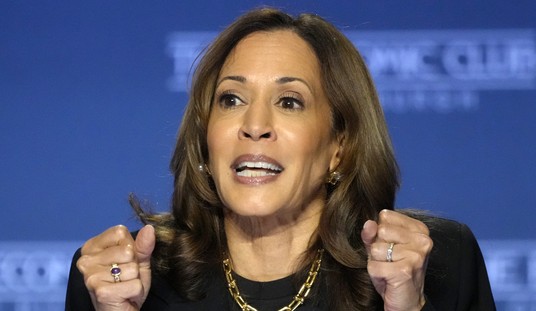Statistics can be difficult things to explain, and they are awfully easy to misuse, especially when talking about people’s health. This isn’t helped at all by the fact that most reporters have the mathematical sophistication of a Great Dane. Add to that less than perfectly ethical personal injury lawyers, neo-Luddite “public interest groups”, and the perpetual desire to have a catchy headline, and suddenly, a very small correlation becomes a public health crisis. (Cf. the vaccine-thimerosol-autism controversy.)
Before the vaccine furor, there were several years of reporting on a supposed connection between silicone breast implants and auto-immune diseases. Eventually, the FDA concluded that yes, silicone breast implants were relatively safe, except possibly to easily distractible males.
Just in time for this ABC News story, that suggested the FDA was saying breast implants cause a particular rare kind of breast cancer, anaplastic large cell lymphoma. David Gorski at Science-Based Medicine discusses this in a post today. I recommend the whole article, but here’s the long and short of it: there are only about three cases of ALCL of the breast per hundred million women per year in the US. It’s very very difficult, statistically, to make any clear inferences about an event that is that rare.
The FDA in their preliminary report take great care to report that there is only a very slight indication of any influence; there are only 60 cases of breast ALCL in the whole study. This means that there’s a pretty good chance the relationship is nothing more than a statistical cluster; it turns out, sort of counter-intuitively, that if you have several instances of some rare event, it’s much more likely they will appear close together than more or less evenly spread out. (This is also why it seems light bulbs burn out in groups: the least likely thing is for the bulbs to burn out with about the same number of hours between failures.) That sounds pretty scary put that way: Sixty cases of cancer, the C-word.
It sounds a lot less scary when we say “sixty cases of this particular cancer among 10 million women with breast implants.”










Join the conversation as a VIP Member